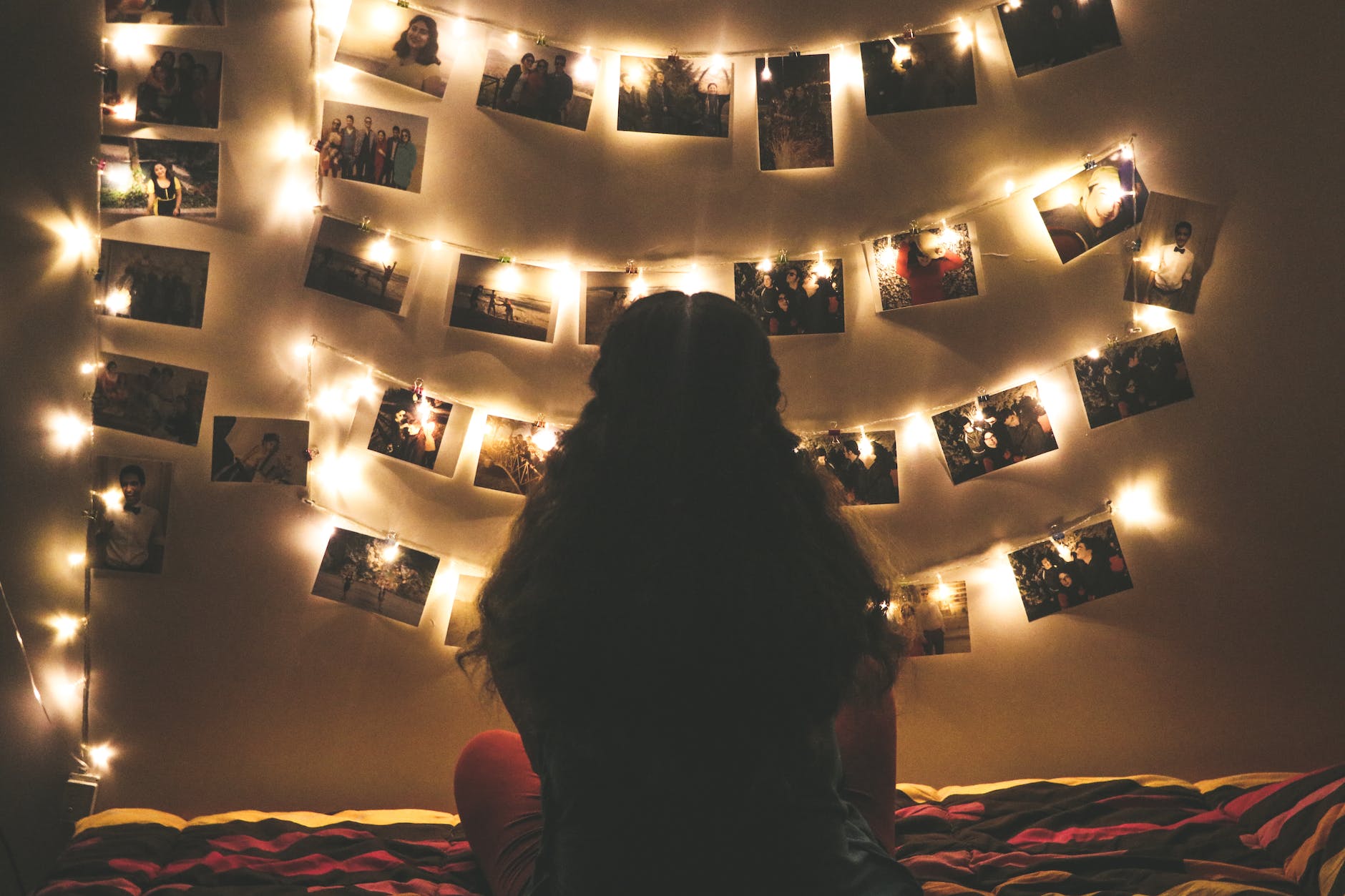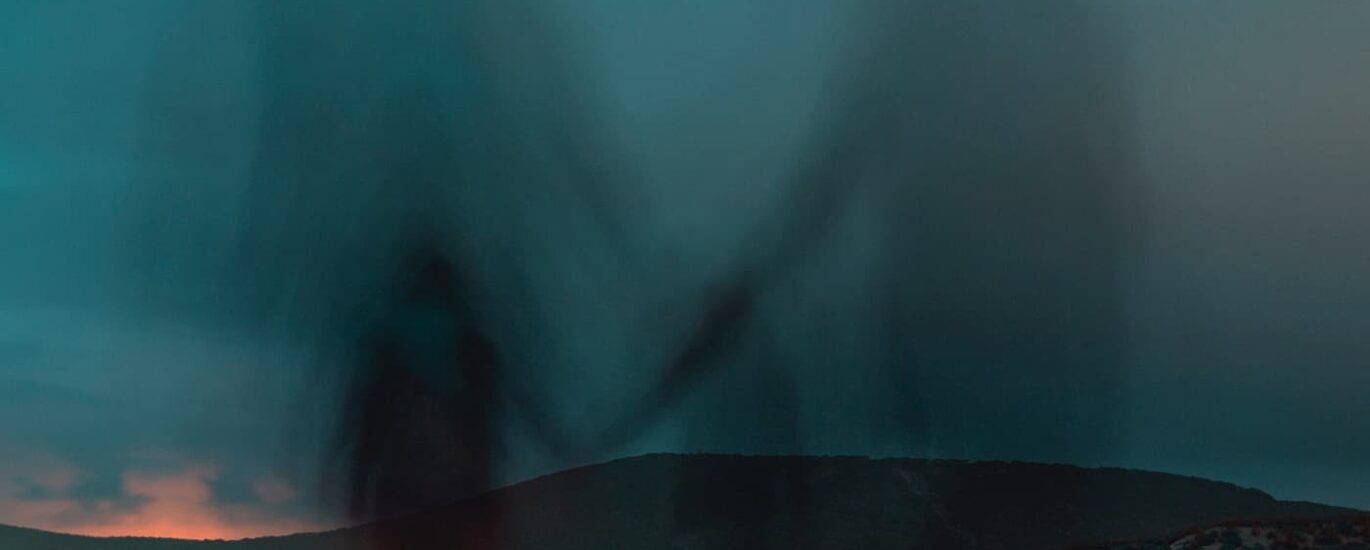Does anyone really die alone? Let me explain why I don’t think so.
First of all, although every person is unique and each dying experience different, there are phases the body goes through at the very end of life. Typically, if my client is dying an expected death, I can tell when the end is near and will notify the family.
Many families organize a vigil of sorts. Their goal is to make sure their loved one doesn’t die alone. They each take shifts and many times when the person keeping watch goes to make a quick phone call or take a quick shower, that’s when their loved one slips away.
This common occurrence leads to feelings of guilt and remorse.
No One Should Die Alone
Keeping vigil with and for dying people is an idea that transcends religion, culture, and profession. In every community, dedicated groups provide a dying person with comfort and company. Strangers sometimes even gather at bedsides when family members either cannot be found or don’t exist. These volunteers sit until death has arrived.
“Surrounded by family” is seen as a good ending. When someone dies alone, and their body is undiscovered for a time, this is seen as tragic.
What about those who prefer to be alone?
Evidence suggests some want to be alone as they come to the end of their lives.
Even independent research found that while hospice and palliative care nurses believe no one should die alone, they do in fact see numerous cases where someone dies after loved ones leave their bedside. This may be because some people just want to die on their own. Or it might be further evidence that people have a measure of control over when they die and choose to do so when alone.
If we know people who want to be alone when they’re sick, then we probably know people who would prefer to be alone when death occurs. Death doulas and other end-of-life professionals can add this to the list of discussions helping people embrace diverse scenarios around dying.
Open and candid discussions help those who are dying to feel better about expressing their wishes. It also helps family members feel better when abiding by those wishes.

Near-Death Awareness
When people are dying, many see visions of and have discussions with deceased loved ones. These visits often appear to comfort the dying. They are extremely common no matter the culture, nationality, or religion of the dying person.
Writers have recorded this phenomenon throughout history. Scientists began studying these visits in the 1920s. For example, Sir William Barrett, a Dublin scientist, published his findings in “Death Bed Visions.”
Some highlights:
- Dying people identify friends and relatives who they thought were still living. In each case, these people were deceased. (Back in the mid-20th century, news of death traveled slowly.)
- Children often expressed their surprise when visiting “angels” did not have wings. If these visions are hallucinations, wouldn’t a child see an angel as it’s depicted in popular culture?
- Friends and relatives in these visions often say they’re here to help guide them to another realm.
- The dying person is often comforted by the visits and happy to see whoever appears to them. This isn’t like seeing a “ghost.” There isn’t fear, and the dying person is usually eager to go with them.
- A dying person’s mood improves with these visits and pain ceases to be an issue while they’re occurring.
- The dying person doesn’t seem to be confused or hallucinating. This is different from terminal agitation. They’re calm and aware of what’s happening.
- These visions happen whether someone believes in an afterlife or not. Scientists and doctors conducting extensive research in recent decades show similar findings across the board.
Deathbed Visits
Only about 10 percent of the dying are conscious shortly before their death. Of this 10 percent, between 50 – 60 percent experience these visits. The visits only last about five minutes by people approaching death gradually.
Are they simply visions produced by dying brains? Are they side effects from drugs? Or are they truly a welcoming of sorts from deceased loved ones? Caring souls who’ve returned to guide someone peacefully to life in another realm?
Carla Wills-Brandon is an author who’s been studying this phenomenon for years.
“The visitors were often deceased relatives who came to offer support to the dying person,” she writes. “In some situations, the dying did not know these visitors were already dead.”
Why would the dying brain manufacture visions of people who are dead when the dying person didn’t know they were dead in the first place?
She also writes, “Many of the individuals who have these visions are not on medications and are very coherent. Those who are on medications also report these visions, but the visions are similar to those who are not on medications.”
On rare occasions, visitors are seen, not only by the dying patient but by others in the room.
What Are They?
Many doctors, scientists, or other deathcare workers simply say, “Who cares if it’s real?”
The experience seems to comfort and benefit those who are actively dying. Visits serve to completely remove the fear of dying in people, which also heals their loved ones.
I often notice when a dying person deeply interacts with someone the rest of us cannot see or hear. Their communication has little to do with the living. While sitting vigil is therapeutic for the family, wanting to surround someone with love at the end of their life, we don’t really know what the dying person is experiencing. Perhaps we comfort them. Perhaps it’s irrelevant.
Either way, evidence suggests they’re not alone. Even when we’re not there.
Let us take some comfort in that, too.
Learning more about death and how we die can help you feel better and live with less anxiety. For more information, contact me today.



Recent Comments